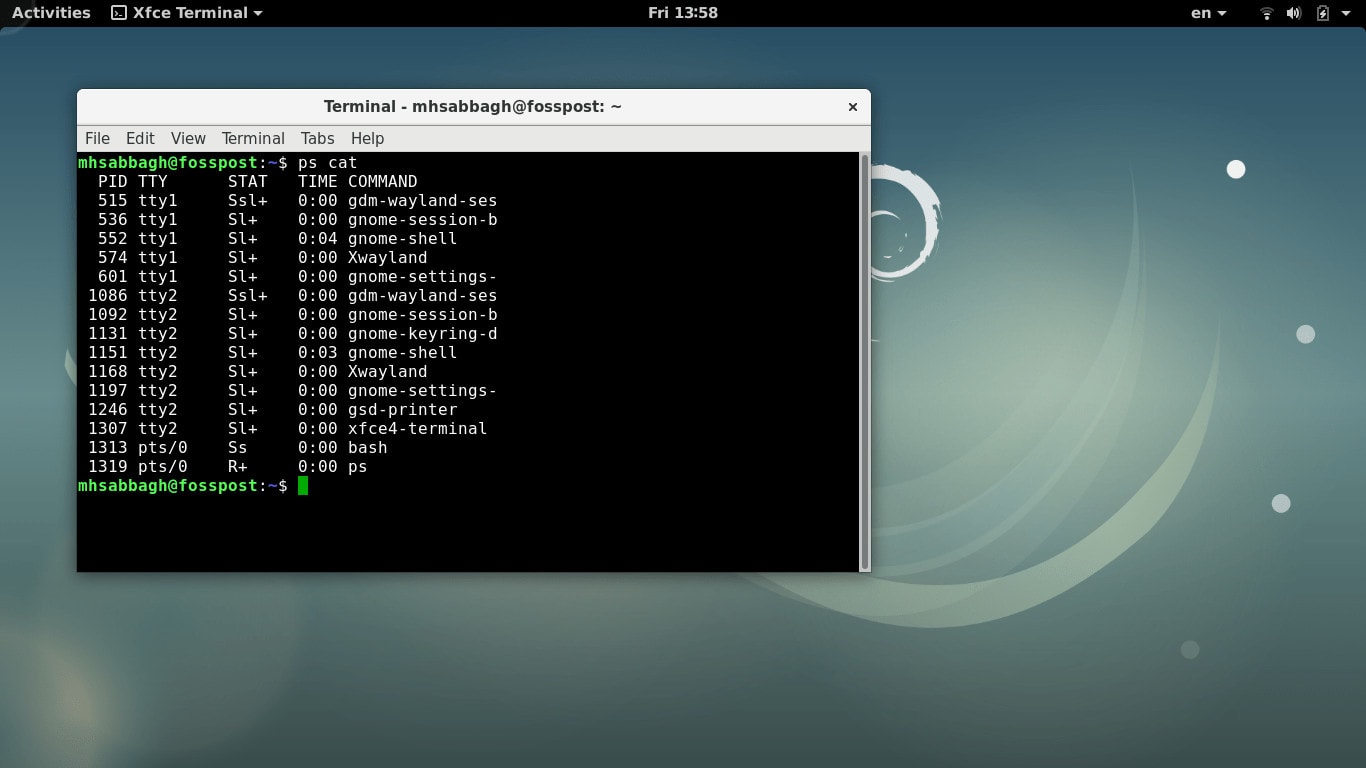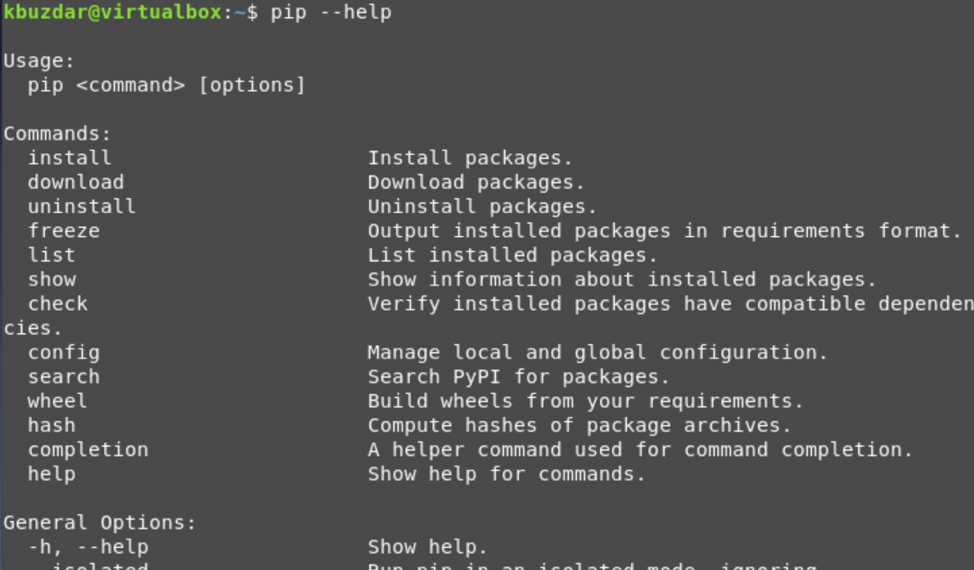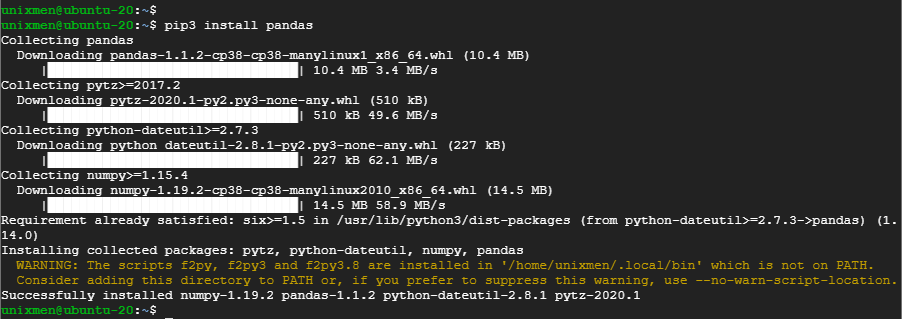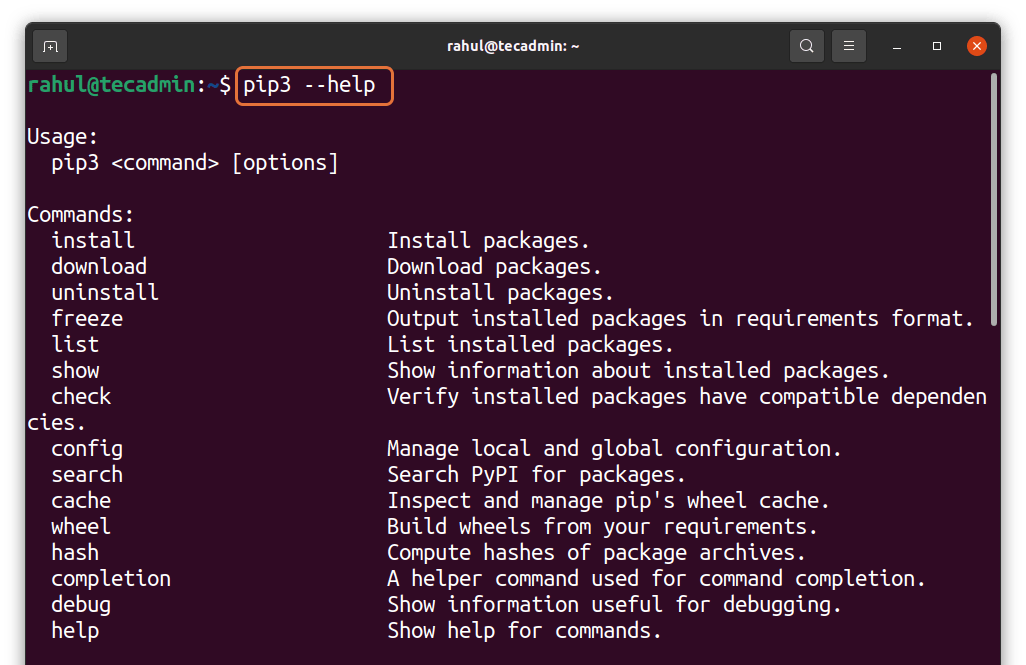

For our example let’s look for Django packages. You can also search for other libraries in Python’s repository via command line. Pip can install 3rd party packages like Django, Tensorflow, Numpy, Pandas and many more with the following command. Pip 18.0 from /usr/local/lib/python2.7/dist-packages/pip (python 2.7) Basic Pip Commands Downloading using the cURL command ensures the latest version of Pip. After running the command below, you’ll get an output of any packages getting their update.
How to install pip3 on debian how to#
Though Python does sometimes come with Pip as a default, this tutorial will show how to install, check its version as well as some basic commands for using Pip on Ubuntu 16.04. Fancied for its capabilities in handling binary packages over the easy_installed packages manager, Pip enables 3rd party package installations.

Please share this post and join our Telegram channel.Arguably one of the easiest tools to use for installing and managing Python packages, Pip has earned its notoriety by the number of applications utilizing this tool. And in this post, now you know how to install Django in Debian 10 without problems. And many people and companies realize it. In this sense, it is possible to use a framework made in this language to create web applications. Python is a very versatile programming language. Remember, Django uses the 8000 port, so you have to put it on the URL.Īlso, you can log in to access the admin panel. Next, serve the project: :~$ sudo python3 manage.py runserver 0.0.0.0:8000įinally, access to your project using the web browser using the IP address of the computer which is running Django. :~$ sudo nano example/settings.pĪnd edit the following entry: ALLOWED_HOSTS = This is vital if you work remotely on a network computer. The next step is to edit the project configuration file to make it accessible from any computer. If you do not type any username, it will take root as the superuser. :~$ sudo python3 manage.py createsuperuserĤ.- Creating the new superuser for Django on Debian 10Īs you can see, it only requires a username, email, and password. :~$ cd exampleĪlso, you have to create the superuser to manage the project. Next, navigate into the example folder and migrate to set the initial configuration. :~$ sudo django-admin startproject example In my case, I will choose /var/:~$ cd /var/www/ To do this, we first choose a destination folder. Now we can create new projects to start working with Django. So, Django is ready to create a new project. It’s really simple, just use the following command: :~$ sudo pip3 install Django Once PIP is installed, you can start installing Django. Pip 18.1 from /usr/lib/python3/dist-packages/pip (python 3.7) 2) Install Django on Debian 10 To do this, open a Terminal session and run the following: :~$ sudo apt install python3 python3-pipĪt the end of the installation, you can check the installed version of PIP with the following command: :~$ pip3 -V So, the first step is to install them both.

On the other hand, Django is easily installable if we use PIP. Install Django on Debian 10 1) Install Python and PIP3 on Debian 10ĭjango is a Python framework so make sure it is installed. It is incredibly popular and great websites are created with this Framework.

It respects the design pattern Model – View -Template and focuses on making applications quickly and under the focus of DRY (Don’t repeat yourself). The Django is a framework written in python to develop web applications. Besides that, I will tell you a little about this framework. In this post, you will learn how to install Django on Debian 10. So, if you like Python and you think it is convenient to develop web applications with this language, then you should know Django. However, Python, which is a very versatile programming language, also has a framework that allows you to do it. Developing web applications is usually related to PHP frameworks.


 0 kommentar(er)
0 kommentar(er)
